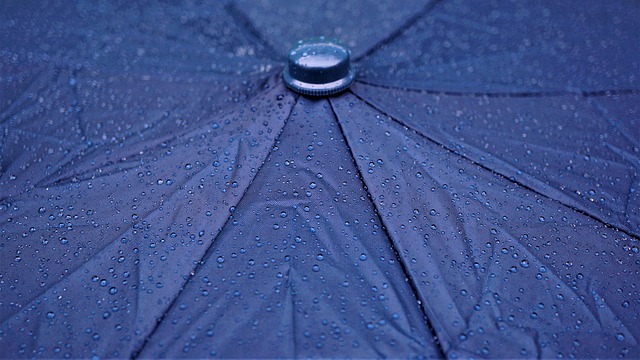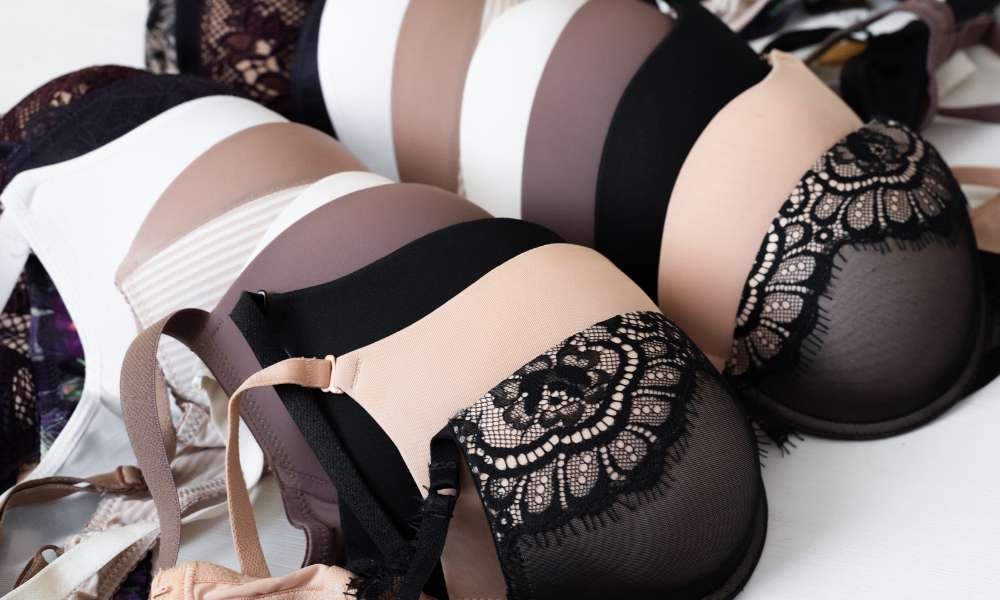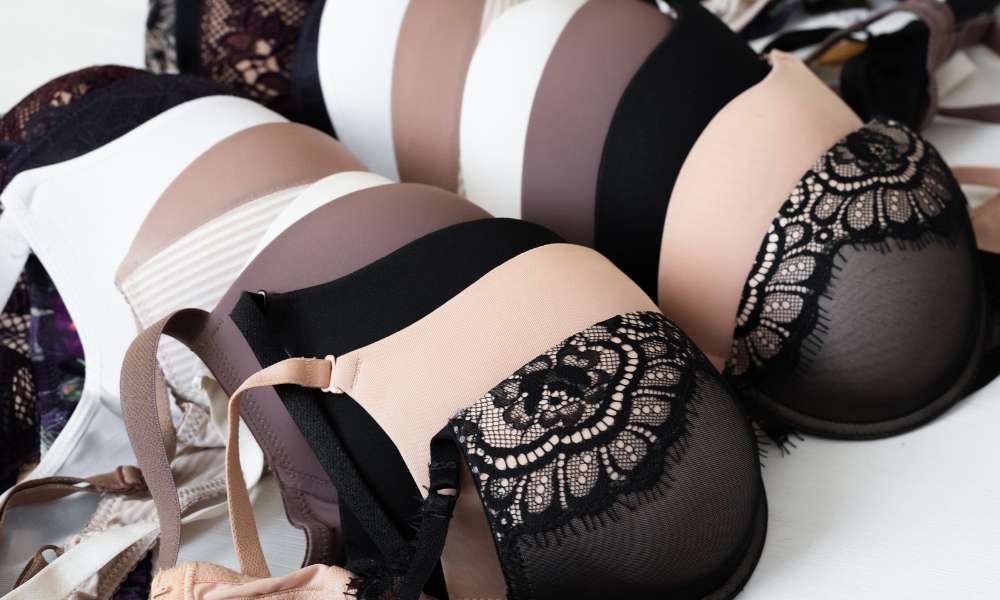2025 Guide to Durable Resin Epoxy Floor Protection for Canadian Terraces
Protecting exterior floors such as terraces in Canada demands materials and methods that withstand harsh weather, moisture, and temperature extremes throughout the year. Durable coatings are essential to prevent damage from freeze-thaw cycles, water infiltration, and UV exposure common in Canadian climates.

Why Choose Resin and Epoxy Paint for Canadian Exterior Terraces?
Epoxy flooring systems consist of resin and hardener components that chemically react to form a rigid, durable coating. When applied correctly, these coatings create seamless, moisture-resistant surfaces that help protect concrete or other substrates from:
- Freeze-thaw damage common in Canadian winters
- Water infiltration, mold, and mildew growth
- Salt erosion caused by winter deicing chemicals
- UV sun damage and color fading
- Surface abrasion from foot traffic, furniture, and weather impacts
Moreover, resin epoxy coatings provide design flexibility with options like decorative flakes or metallic finishes that combine style with functionality. The smooth, sealed surface is relatively easy to clean and maintain, making it a common upgrade for terraces, patios, balconies, and walkways.
Essential Surface Preparation for Lasting Adhesion and Durability
Preparation is critical to a successful epoxy system installation. Canadian exterior floors often require thorough prep due to exposure to conditions causing surface degradation. Key preparation steps include:
- Removing old coatings, paints, or sealers: Epoxy cannot reliably adhere to paint or sealer layers. Complete grinding or mechanical removal of old coatings is necessary to expose bare concrete or substrate.
- Cleaning and drying: After grinding, surfaces should be thoroughly cleaned of dust, oils, and debris. Moisture levels should be minimized to avoid adhesion issues.
- Acid etching: Applying an acid etch to concrete increases surface porosity, improving chemical bonding between substrate and epoxy.
- Repairing cracks and pits: Use flexible, weather-resistant caulks to fill cracks and spalls. Repairs should be compatible with epoxy to avoid delamination.
- Primer application: A moisture-resistant primer is applied after surface prep to help adhesion and seal the substrate.
Comprehensive prep supports epoxy coating bonding, reducing risks of peeling or blistering from freeze-thaw cycles, salt damage, or moisture intrusion prevalent in Canadian climates.
Choosing the Right Epoxy Type for Canadian Outdoor Terraces
Not all epoxy coatings are suitable for outdoor use. The common product types for Canadian terraces in 2025 include:
- 100% solids high-build epoxy coatings: These industrial-grade two-component systems cure chemically to form thick, durable films with moisture and chemical resistance. They are generally recommended for heavy-duty exterior terraces exposed to snow, rain, and salt.
- Water-based epoxies: Easier to apply and lower in VOCs but generally less durable and resistant to harsh weather. These may be suitable for covered or light-duty terrace areas but are usually not recommended for primary exterior floors in harsh Canadian climates.
High solids epoxies typically provide stronger adhesion, thickness, and long-term protection. Professional application is advised for optimal results, though some experienced DIYers may achieve satisfactory finishes.
Multi-Layer Epoxy Systems Enhance Strength and Visual Appeal
For outdoor terraces, multi-layer epoxy systems can improve performance and aesthetics:
- Flakes epoxy: This system blends decorative flakes within the epoxy layers for texture and increased durability. Flakes can enhance slip resistance.
- Metallic epoxy: Incorporating reflective metallic pigments, these systems create a distinct marbled or liquid metal appearance. Metallic epoxy tends to resist scratches, chemicals, and weathering with minimal upkeep.
Combining layered finishes with a quality topcoat improves weather and UV resistance, contributing to the coating’s longevity.
Ensuring Safety with Non-Slip Epoxy Surfaces
Canadian outdoor conditions, including wet and icy weather, can increase slip hazards. Non-slip additives or textured finishes can be integrated into epoxy coatings to improve traction without compromising waterproofing or appearance. Common methods include:
- Broadcasting fine grit or flakes
- Adding non-slip silica additives
- Using textured roller or trowel finishes
Choosing an appropriate method allows for a balance between safety and ease of cleaning.
Optimal Topcoat and Maintenance Practices
A clear, UV-resistant topcoat such as polyurethane or polyaspartic over epoxy seals the surface against sun damage, abrasion, and weathering. Benefits of topcoats include:
- Enhanced gloss retention
- Improved abrasion and chemical resistance
- Protection from yellowing and UV degradation
Regular maintenance with periodic topcoat reapplication helps extend the life of terrace floors, supporting functionality and appearance over 10 to 20 years or more under expected conditions.
Specialized Installation Considerations for Canadian Climate
Epoxy curing depends on temperature and humidity. Installers in Canada commonly adapt their techniques to local climate conditions:
- Scheduling installation during warmer, dry weather periods to support effective curing.
- Using specially formulated products designed for colder or humid environments.
- Applying multiple thin coats rather than thick layers to reduce bubbling or uneven curing.
Controlling environmental factors during installation is important to achieve resilient epoxy terrace floors.
Eco-Friendly Epoxy Options for Canadian Homeowners
Sustainability is an increasing priority. Modern eco-friendly epoxy options available in Canada include:
- Low-VOC waterborne epoxies that reduce odors and improve indoor air quality.
- Inclusion of recycled materials such as reclaimed glass flakes or bio-based resins.
- Products compatible with green building certifications like LEED.
These options provide durable finishes while supporting environmental goals.
Cost and Product Recommendations to Consider
Professional installation of high-quality 100% solids epoxy floors with proper surface preparation and materials can typically range from CAD 8 to 15 per square foot, depending on system complexity and finishes. DIY kits are available but may have shorter lifespans.
Some products commonly used for Canadian exterior-grade epoxy include:
- Restore-A-Garage Epoxy Coating: Known for durability, moisture resistance, and chemical resistance suitable for variable weather environments.
- Topcoat options: High solids, low or zero VOC polyurethane topcoats, such as Restore-A-Garage Clear Top Coat, provide UV protection and gloss retention.
Selecting experienced professional installers familiar with local climate challenges can help ensure better outcomes.
Summary: Practices for Resin Epoxy Protection of Canadian Terraces
To promote durable outdoor terrace floors suited to Canadian climates while maintaining appearance and safety:
- Conduct thorough surface preparation, including removal of previous coatings, cleaning, acid etching, and crack repair.
- Choose high-build, 100% solids epoxy products formulated for exterior use with strong adhesion and moisture resistance.
- Consider multi-layer flakes or metallic epoxy systems for added durability and visual effects.
- Incorporate appropriate non-slip additives to improve safety.
- Apply a UV-resistant polyurethane or polyaspartic topcoat to enhance protection and longevity.
- Schedule installation to align with suitable weather conditions to optimize curing.
- Explore eco-friendly materials to support sustainability goals.
- Maintain coatings with periodic topcoat reapplications to extend service life beyond 10 years.
Following these guidelines provides Canadian terrace owners with information needed to select and maintain resin epoxy floor systems designed to function well in outdoor settings.
Sources
- Sky Stucco Systems - Epoxy Flooring Installer in Ontario
- Fraser Plus Epoxy - Sustainable Vancouver Epoxy Flooring
- Concrete Sealer Review - Best Epoxy Floor Coatings for 2025 Disclaimer: All content, including text, graphics, images and information, contained on or available through this web site is for general information purposes only. The information and materials contained in these pages and the terms, conditions and descriptions that appear, are subject to change without notice.


